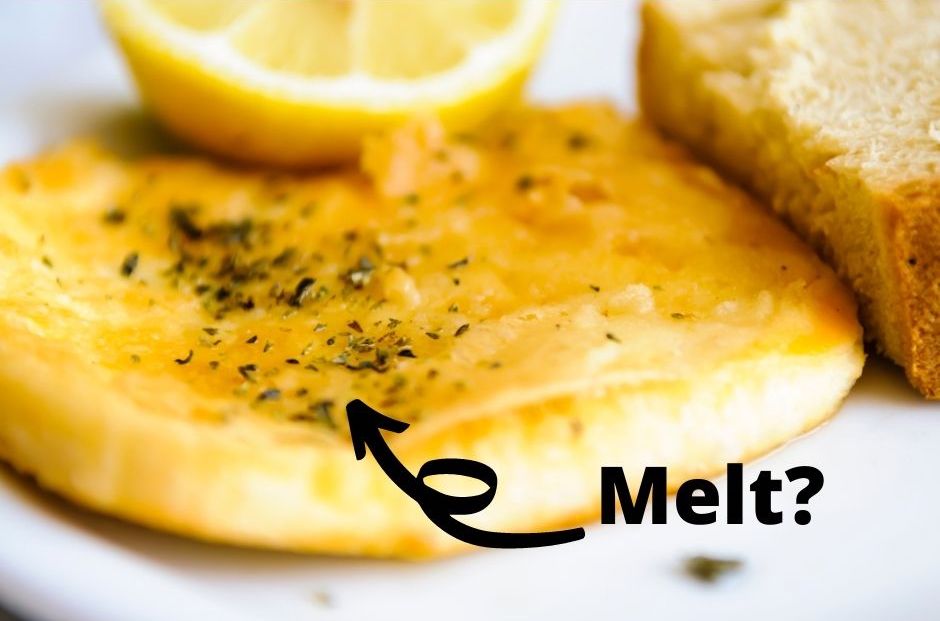Last Updated on August 27, 2023 by Aaron
Kefalotyri cheese is a hard, salty cheese that originates from Greece. It is made from sheep or goat milk and has a strong flavor. Kefalotyri cheese is often used in dishes such as saganaki. But does Kefalotyri cheese melt? And why?
There are a few factors affecting how good or bad the Kefalotyri melts.
Moisture & Fat
Kefalotyri cheese does melt but very poorly. Because it’s high in fats but low in moisture, it’ll take longer to melt – a high melting point. Very often before that can happen, the cheese already turned brown and grilled.
That is why when cutting the cheese in a thin slice, you can actually melt the Kefalotyri better.
Acidity
The high acidity in cheesemaking also prevents it to melt well too. Similar to feta and paneer, acid-curding the Kefalotyri by using acids, such as citric acid or vinegar, will make Kefalotyri hold its shape even under high heat. That’s because the acid causes calcium phosphates to act like glues binding to the milk proteins (1). More calcium phosphates formation caused the protein structures stronger to withstand a higher heat, and thus the cheese is less meltable and only become rubbery.
Age
The older the cheese, the less it will melt. The proteins in aged Kefalotyri formed tighter bonds making them less effective at binding water and fat. This is why a younger piece of Kefalotyri tends to melt better than an aged one.

